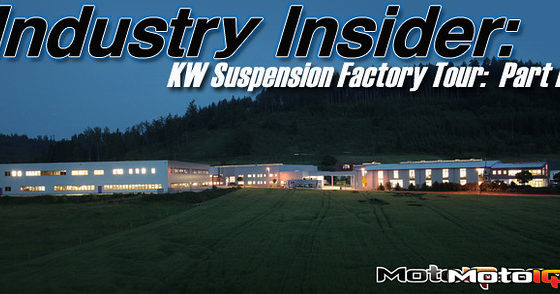,
 |
| Screwing around at 140 mph on the Autobahn. Our VW van was smooth and stable even when packed to the gills with a bunch of these fools and their luggage. The van had KW Variant III coilovers. BTW these VW diesel vans were awesome, they could cruise at high speeds for hours on the Autobahn. They were powerful enough to get wheelspin all the time and handled like a sports car on twisty sub roads. I wish we could get this sort of stuff. |
Germany’s side roads are narrow and twisty. That didn’t prevent us from rocketing in our transport Vans at around 70 mph for miles at a time. Like the Autobahn we were not the fastest people on the road, more like average. The roads were twisty and rough but our Vans were smooth and stable even when loaded to the maximum. The reason why? They were equipped with KW Variant III coilovers!
 |
| This is an example of your typical German country road. Beautiful but tight and twisty, sometimes with broken pavement and frost heaves. People would drive 70 mph on this sort of road routinely. Germans are good drivers, the bad drivers must get killed when young. Observing these conditions made us understand why KW does things the way they do. |
The reasons why KW components work so well is that they are designed to work well under some of the world’s most challenging driving conditions. Ultra fast autobahns, tight and twisty roads with rough pavement and harsh weather, particularly cold, snowy and wet German winters with salty roads all require excellent performance over a wide range of conditions. Stability, durability and comfort are all important.
 |
| Much test fitting and careful measurement is done in the R&D garage to assure easy installation and perfect fit. KW’s attention to fit is one of the reasons why KW does not use independently adjustable strut mounts. KW’s are capable of lowering the car to the maximum safe distance without suspension bind or dangerous clearance issues. Struts where you can adjust ride height with spring perches and mounts can lower the car to dangerous heights where link failure and bind can result. |
To pass Germany’s mandatory inspections for street registration, all parts must be TUV approved. The TUV is Germany’s equivalent to the DOT and all parts must pass a battery of tests for strength, safety, load carrying capacity and durability before they are allowed for street use. To pass TUV testing requires real engineering, something many performance aftermarket manufacturers can fall short on.
 |
| When the car is loaded to the TUV specified weight, the corner weights are checked and the ride height and other clearances are carefully measured for TUV compliance. |
Always at the center of the company’s mission statement has been a commitment to quality and performance. Most of KW’s upper management are enthusiasts with the Klaus’s being active racers. KW has many racing programs going on at any particular time, many of which are elite factory level race teams. In fact many teams run KW dampers even if Sachs or Bilstien stickers are on the sides of their cars!
 |
| Here is a look at the corner scales. All weights and measurements are carefully documented in a detailed engineering report. |



